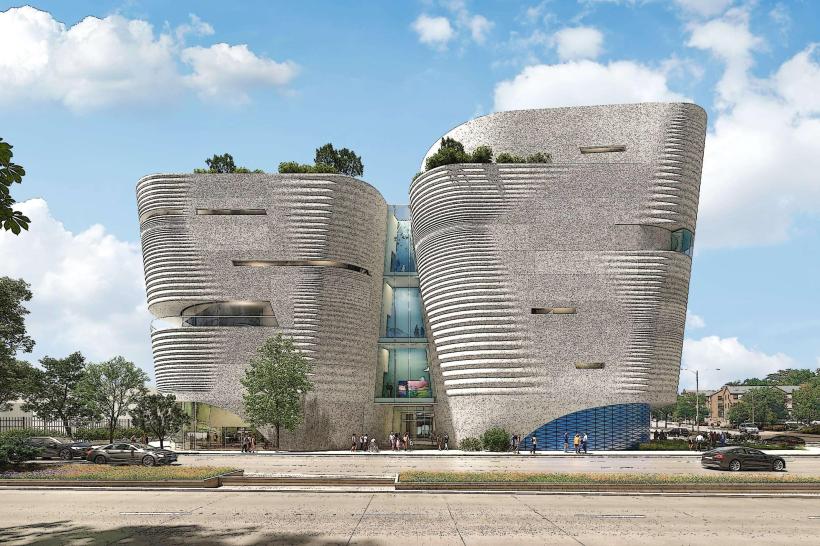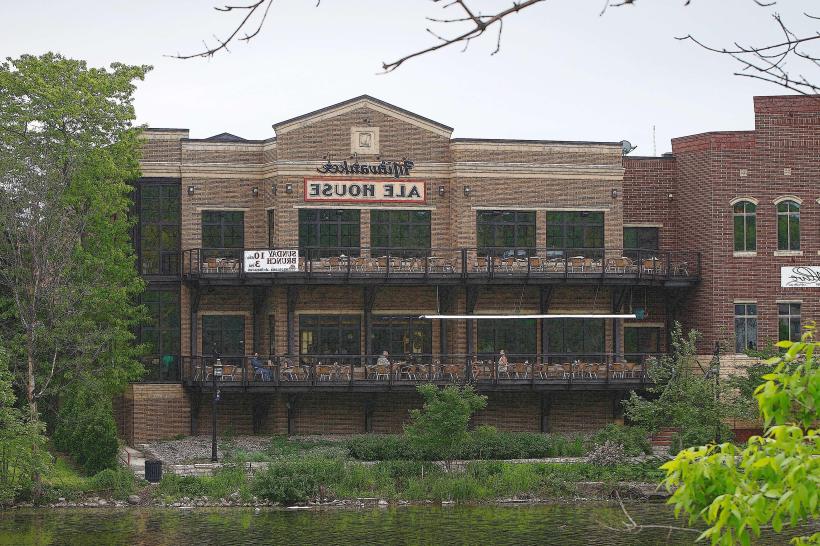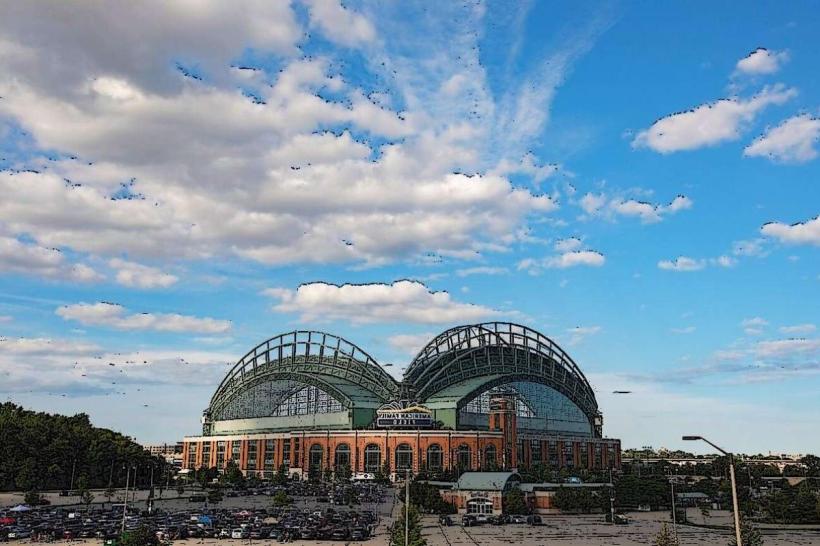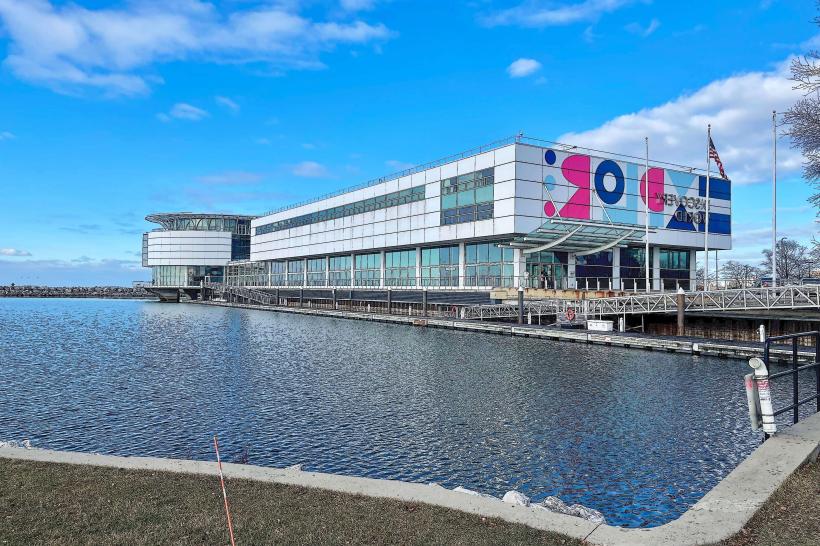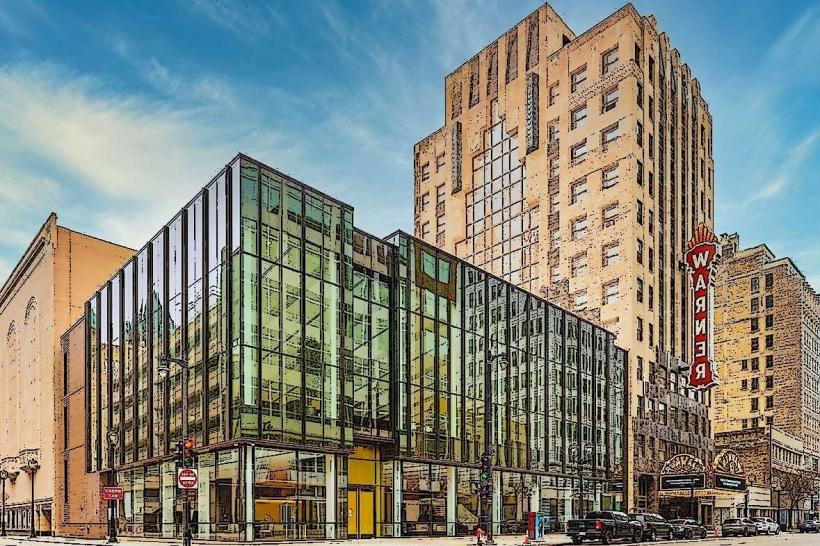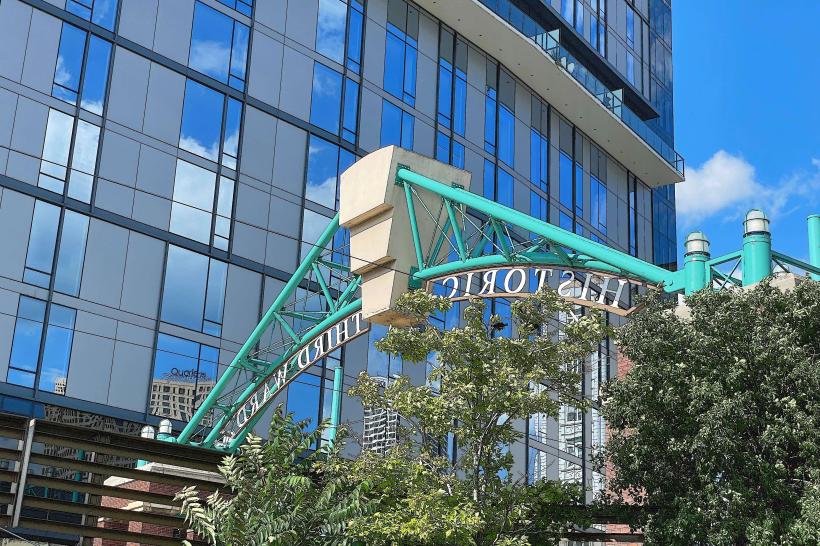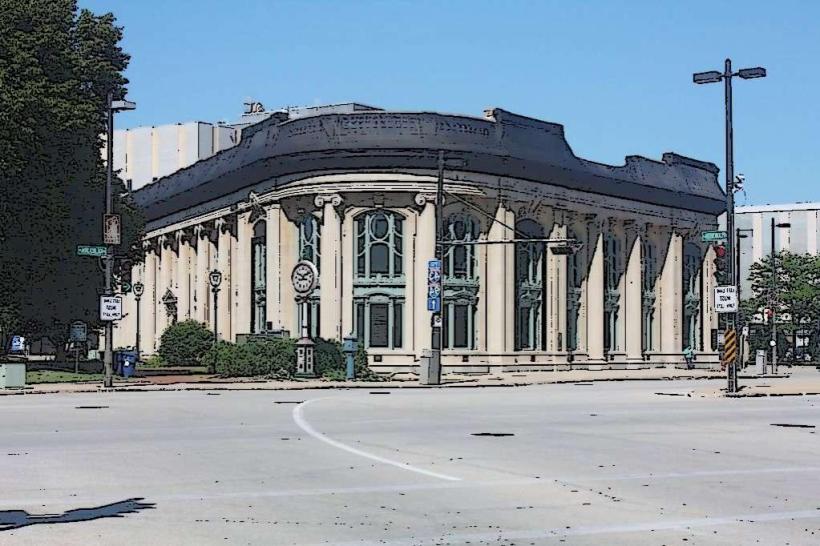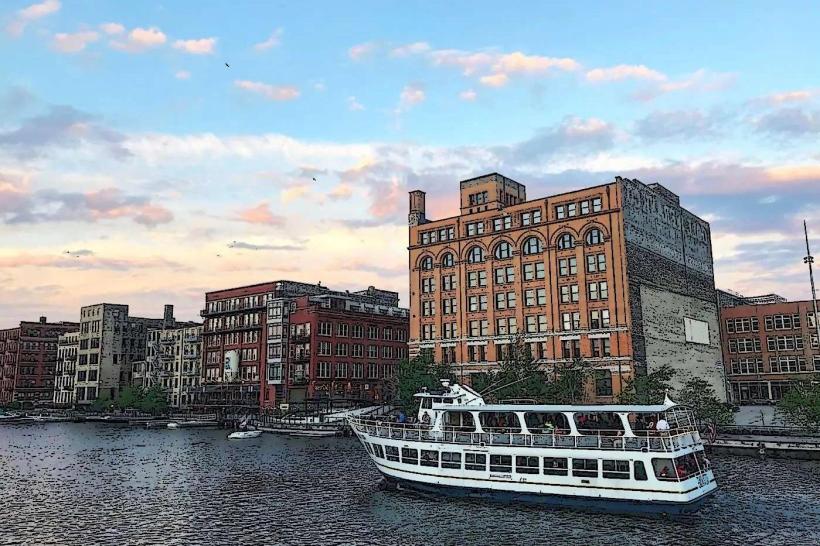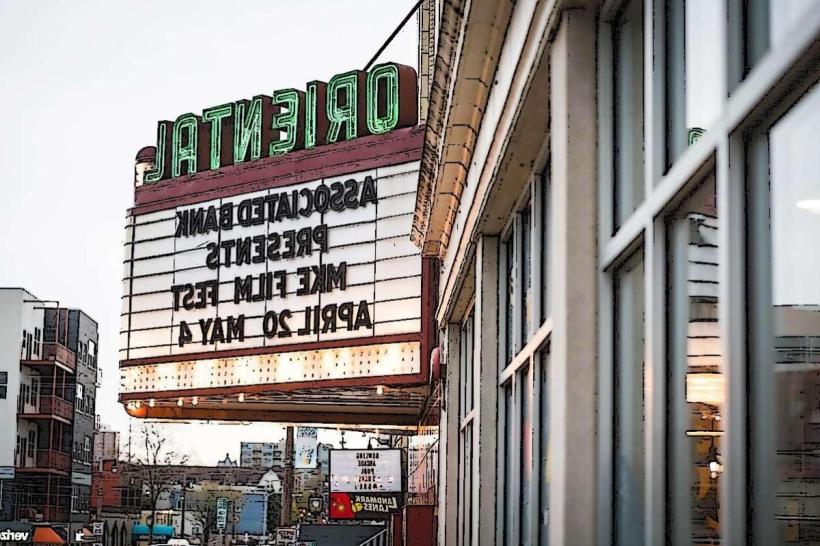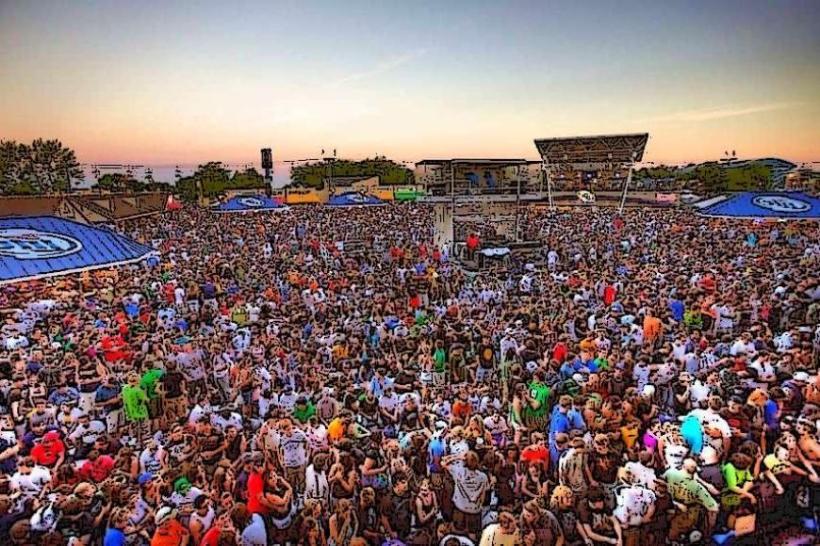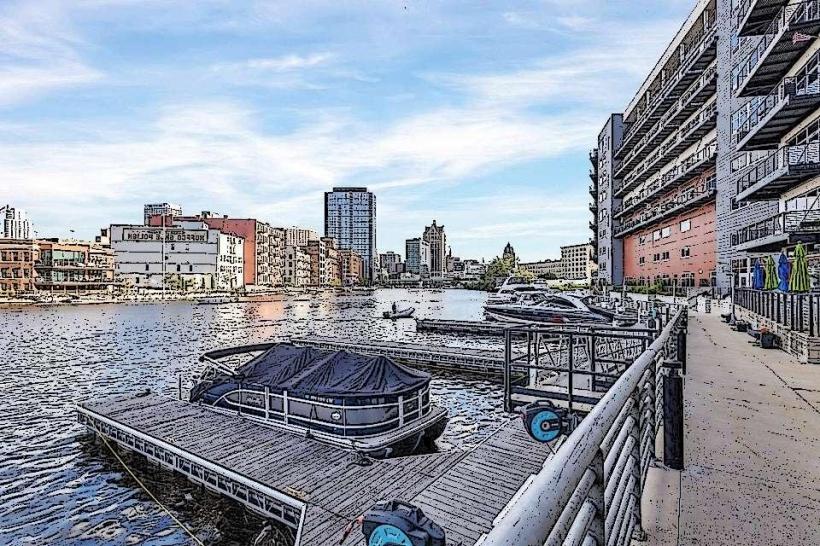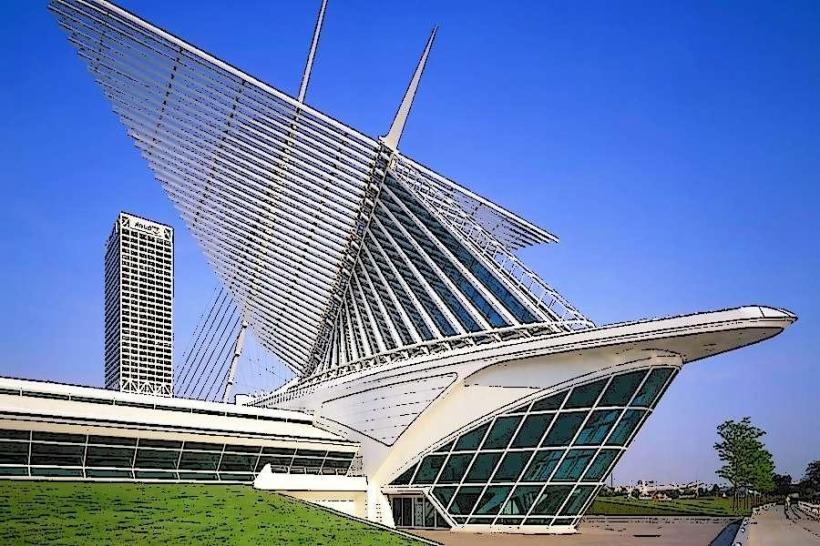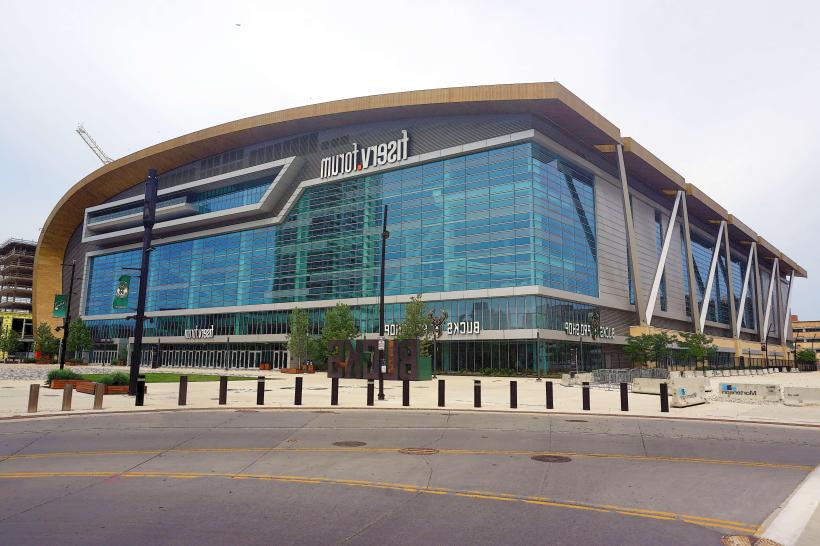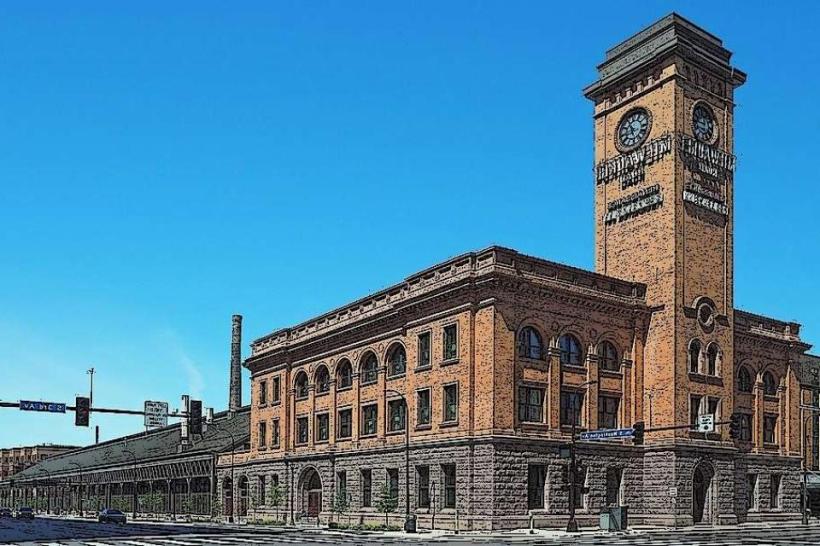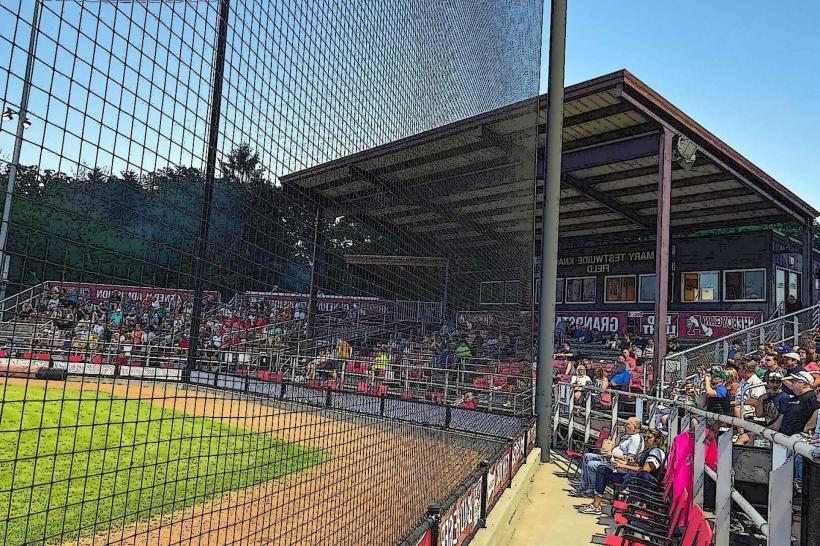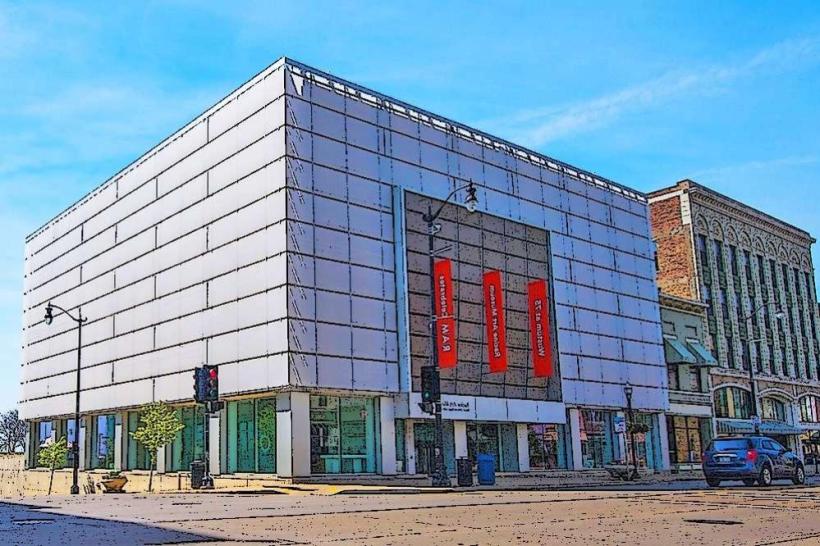Information
City: MilwaukeeCountry: USA Wisconsin
Continent: North America
Milwaukee, USA Wisconsin, North America
Overview
Milwaukee, Wisconsin’s biggest city and economic hub, sits along Lake Michigan’s western shore, where the scent of freshwater and the hum of busy docks give it a character all its own, what’s more sitting right on the water’s edge, this spot has driven Milwaukee’s growth, influencing its economy, daily life, and even the skyline’s steel and brick.Milwaukee spans about 96 square miles, with much of its edge meeting the blue expanse of Lake Michigan, as well as the city sits on mostly flat ground that rises in soft, rolling hills, with rivers like the Milwaukee, Kinnickinnic, and Menomonee slipping past low banks and winding their way into the lake.For generations, these waterways fueled industrial growth, carrying barges heavy with coal and timber, and they still shape the city’s layout and the way people spend their weekends by the water, simultaneously the lake helps keep Milwaukee’s weather milder, yet in winter it drives fierce lake-effect snow, piling drifts high along its frozen shore.The city has a humid continental climate, with winters that bring biting frosty and heavy snow, and summers that turn warm and sticky under the thick air, as well as in winter, the air often slips below freezing, with January hovering near 20°F (-6°C), icy enough to frost your breath, while summer days can climb into the mid‑80s°F (about 29°C).Lake Michigan’s cool breeze takes the edge off summer heat and lifts the humidity, turning the season into perfect days for strolling the lakefront, kicking up sand on the beach, or pedaling down shaded trails, subsequently milwaukee bursts with cultural diversity, home to more than 580,000 people-enough to rank it as the 31st largest city in the nation, where you might hear half a dozen languages on a busy street corner.The community’s makeup features a strong African American presence, along with sizable groups of German, Polish, Italian, Hispanic, and Hmong residents-neighbors whose cultures fill local streets with varied accents and aromas, alternatively you can behold this cultural mosaic in the city’s neighborhoods, hear it in lively street festivals, and feel it in the halls of its museums and theaters.Central urban areas are packed tight, with rows of apartments and busy streets, and the neighborhoods stretch outward until they ease into quieter suburban streets, moreover over the past hundred years, Milwaukee’s economy has shifted dramatically, trading smoke-filled factory floors for a more diverse mix of industries.Just so you know, The city, once fueled by breweries, roaring machinery, and hulking steelworks, now thrives on a far broader mix of industries, equally important brewing was once the heart of the town, and its heritage brands still carry weight, but today the economy hums with finance offices, busy hospitals, classrooms, tech firms, and sleek manufacturing plants, almost Curiously, Major hospitals, huge-name banks, the University of Wisconsin–Milwaukee, and companies in logistics and tech all rank among the top employers, after that the Port of Milwaukee is a key hub for regional trade, moving cargo through its docks and keeping logistics flowing to the Great Lakes and markets overseas.Milwaukee Mitchell International Airport hums with activity, and the city’s wide web of highways keeps goods and people moving, fueling both connection and commerce, along with in Milwaukee, several prominent schools and research centers help shape the city’s mind and spirit, from buzzing lecture halls to quiet libraries steeped in history.The University of Wisconsin–Milwaukee, the city’s largest campus, is recognized for strong research in engineering, health sciences, urban planning, and the arts, with labs buzzing late into the night, as well as marquette University, a private Jesuit school, stands as one of the city’s key hubs for higher learning, fueling its professional ranks and lending steady hands to local projects.In Milwaukee, universities, technical colleges, and specialized schools bring a constant stream of young talent, fueling fresh ideas like the hum of laptops in a busy campus lab, then when universities, businesses, and government join forces, they drive progress in technology, breathe life into struggling city blocks, and back programs that help communities thrive.In Milwaukee, vintage brick neighborhoods sit beside aging factories and sleek fresh buildings, creating a patchwork of history and modern growth, alternatively the city’s poured resources into breathing innovative life into its downtown and lakefront, turning historic brick warehouses into lively neighborhoods where apartments sit above cafés and joggers pass along the water’s edge, not entirely They’ve expanded public parks along the lakefront, transformed the Historic Third Ward into a lively mix of art studios and cafés, and launched projects to boost affordable housing while making buses and trains run more smoothly, as a result the transportation system features a wide road network, anchored by interstate highways like I‑94, I‑43, and I‑41, where trucks hum past mile markers on their way across the region, roughly Milwaukee County Transit System (MCTS) runs public transit, with buses rolling through city streets and out into the suburbs, as well as the city encourages cycling, weaving bike lanes and shady trails into its streetscape to make getting around both sustainable and healthy.Culture, arts, and community life thrive in Milwaukee, shaped by its deep ethnic mix and long history-you can hear it in the polka beats drifting from neighborhood festivals, in turn the city’s famous for throwing huge parties, from the thundering crowds at Summerfest-one of the biggest music festivals on the planet-to vibrant gatherings like German Fest, Polish Fest, and the colorful Festa Italiana, slightly As you can see, These events capture the city’s vibrant mix of cultures and the warm, shared energy you feel in its bustling streets, along with milwaukee’s arts scene flourishes with landmarks like the Milwaukee Art Museum, its gleaming white wings stretching toward the lake, and the Milwaukee Repertory Theater, where audiences can catch everything from intimate dramas to lively musicals.Petite theaters, tucked-away galleries, and buzzing music spots all feed the city’s vibrant cultural scene, on top of that milwaukee’s food tells its story, blending hearty German, Polish, Italian, and classic American dishes with a rising wave of inventive spots-think pierogi next to craft beet risotto.In Milwaukee, Social and Community Services wrestles with the same tough problems many large cities face-deep economic gaps and stark social inequality you can spot in neighborhoods just blocks apart, then the city runs programs to fight poverty, boost student success, and keep housing within reach-like funding local schools and renovating antique apartment blocks.Not surprisingly, Local government and community groups team up with residents to shape growth plans everyone can benefit from, aiming to make life better-from safer streets to lively public spaces, then milwaukee, perched on the shore of Lake Michigan, serves up plenty of ways to enjoy the outdoors, from kayaking at sunrise to strolling its waterfront trails.Beaches, marinas, parks, and winding trails line the lakefront, drawing both locals and visitors to watch the sunlight ripple across the water, equally important veterans Park and Bradford Beach draw gigantic summer crowds, while smaller neighborhood parks offer shaded lawns and quiet corners for everyday relaxation.Beyond its city parks, Milwaukee sits near stretches of woods and wetlands where you can hike, watch cranes lift off at dawn, or enjoy plenty of other outdoor adventures, along with to boost environmental sustainability, the city’s tackling Lake Michigan’s water quality and planting more trees so streets feel shaded and alive, in a sense In Milwaukee, the mayor and city council run the show, shaping laws and decisions from the wood-paneled chambers in City Hall.
Author: Tourist Landmarks
Date: 2025-10-29
Landmarks in milwaukee


